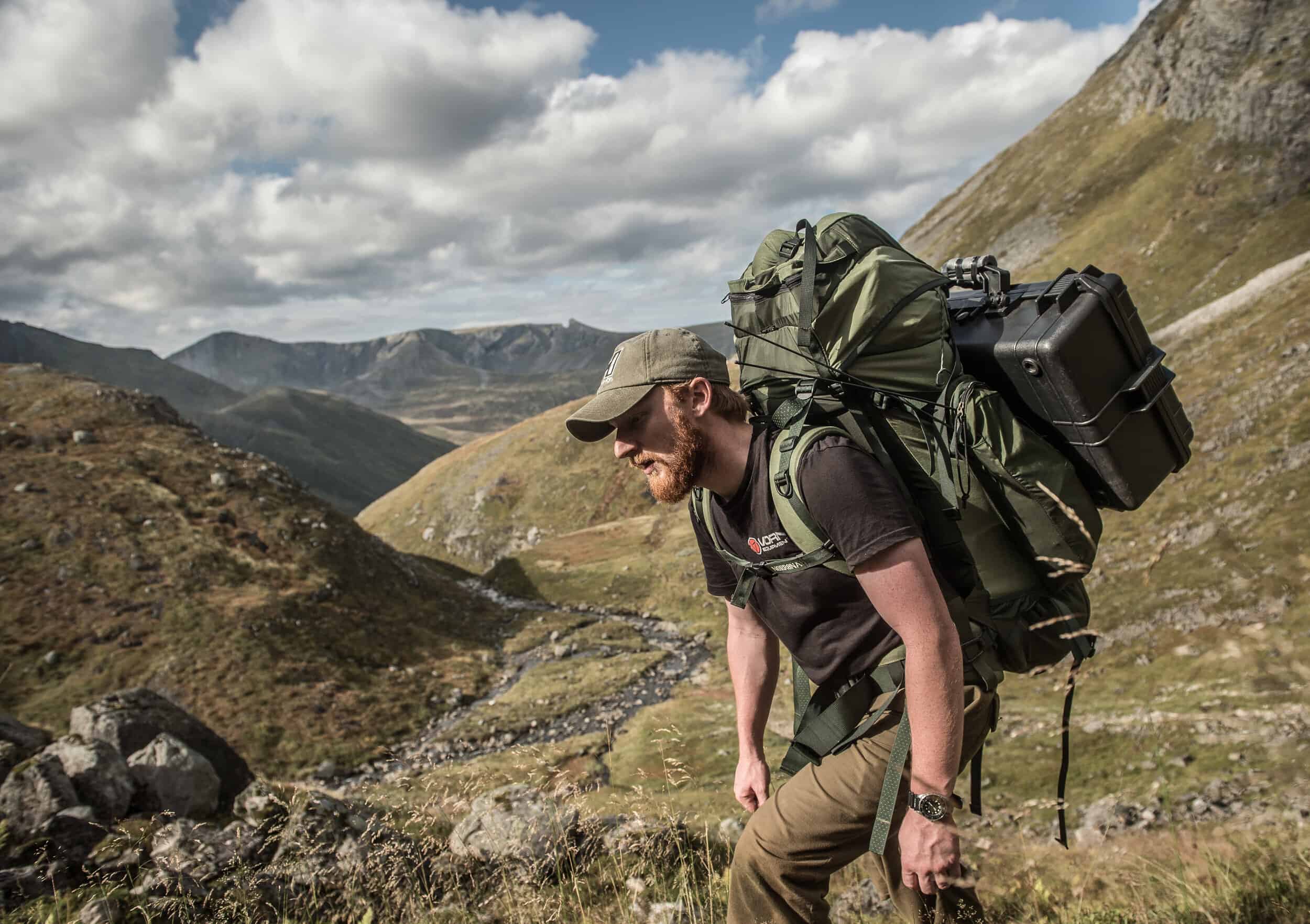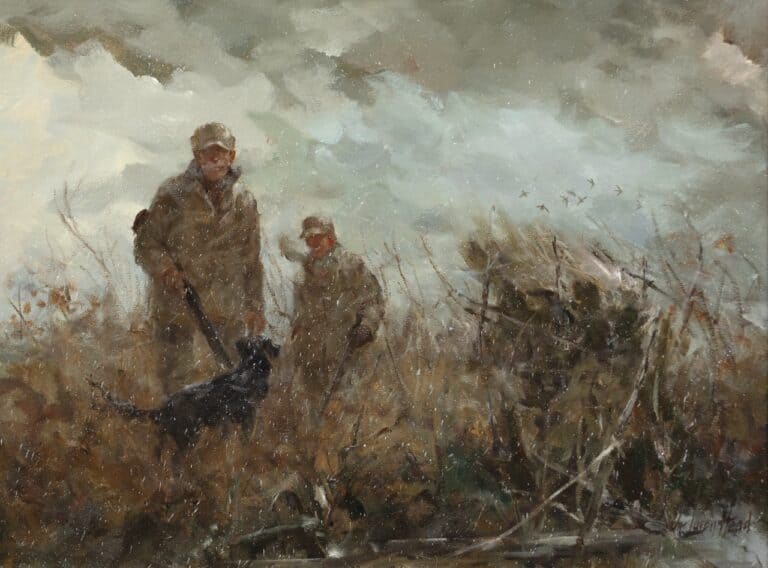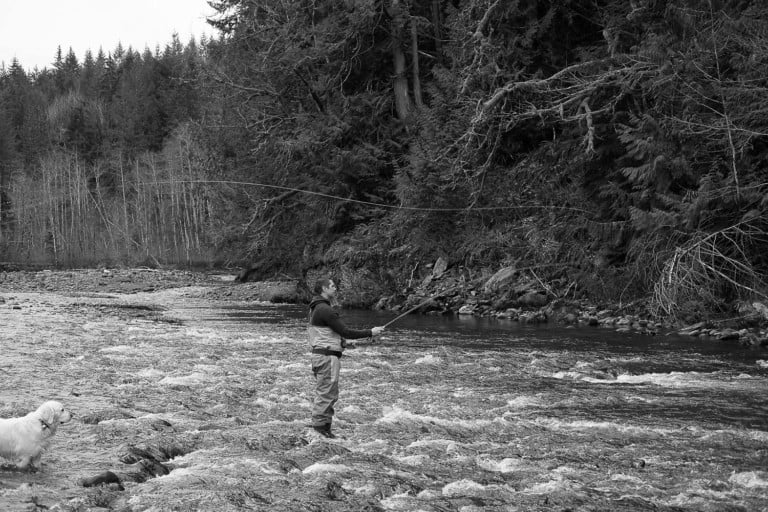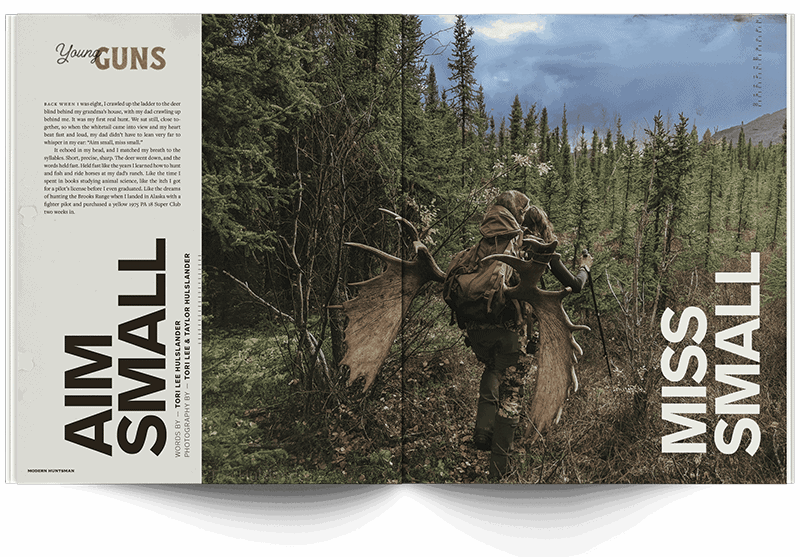A willingness to understand ideas and concepts which push our ideological boundaries creates a foundation for embracing the world with greater intention, fairness, and a more profound respect for disparate cultures and the greater web of eco-systems which span the planet.
In acknowledgement of the outstanding and vital content being created by journalists in other publications and media, we will be presenting a selection of stories each month that have helped us better understand our world.
These articles will span the spectrum of environmental, social and conservation issues which bind our lives together. This month we highlight two deceptively important stories focusing on the soil beneath our feet.
‘The Aliens to Watch’: how the humble earthworm is altering the Arctic
Invasive species can unpick the delicate stitching of an ecosystem with disastrous consequences. The evolution of flora and fauna allows for a dynamic exchange of survival, with each species occupying overlapping niches within their environment. The introduction of a new species has the potential to extirpate native inhabitants as they compete for similar resources. One need not look far to find the accidental consequences of such an introduction; the humble rat being one of the most well-known and devastating, carried around the world by humans as stowaways on ships.
Of course, species have been deliberately introduced as well, often in an attempt to deal with native species which were inconvenient for agriculture, or to use as food sources, other animal products, and of course for ‘sporting purposes’ and mere aesthetic value. The Victorian era, in particular, transplanted flora and fauna around the globe with unmatched enthusiasm, oblivious at the time to the long-term consequences.
Today we are accustomed to reading about invasive species, their negative impact, and our attempts to right previous actions. However, a recent article in the





